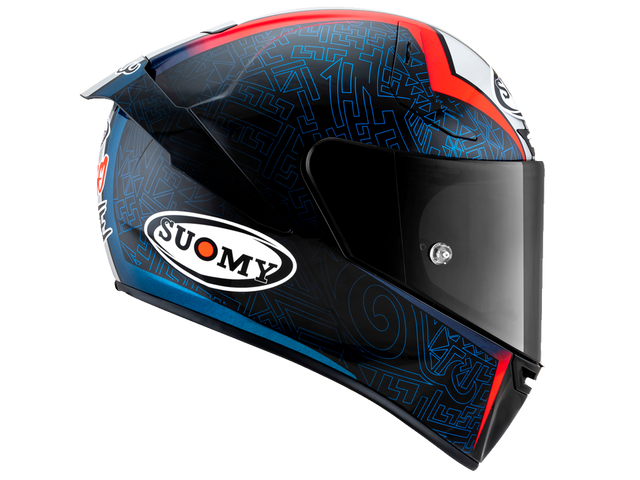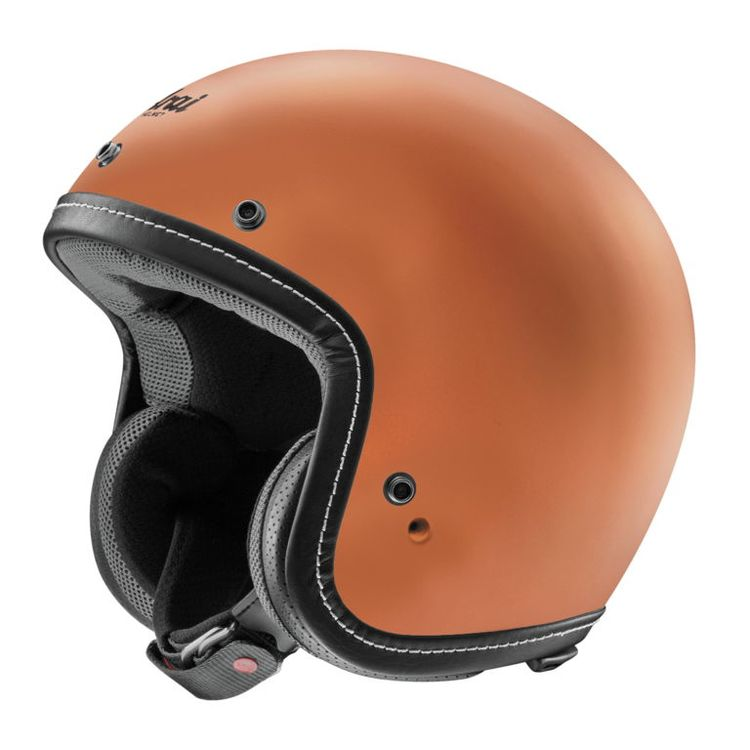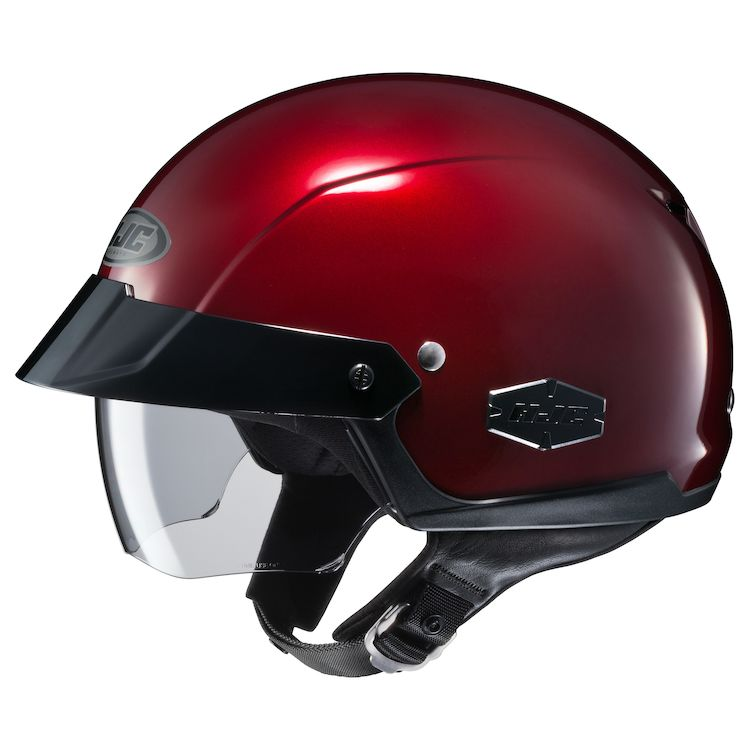Categories
Top News
- Apr 8, 2024How Air Intake Parts Can Boost Your Car's PerformanceWelcome to our comprehensive guide on how air intake parts can dramatically improve your car's performance. As expert SEO and high-end copywriters, we'll delve into the nitty-gritty details of air intake systems, highlighting their role in optimizing engine efficiency and unleashing th
- Feb 17, 2024Synthetic vs. Conventional Gear Oil: Which is Best?When it comes to choosing the right gear oil for your vehicle, you might find yourself faced with two primary options: synthetic gear oil and conventional gear oil. Both types of gear oil have their own sets of advantages and disadvantages. In this article, we will delve into the differences between
- Jan 29, 2024Gear Oil 101: All You Need to Know for Your VehicleDitch the confusion! This ultimate guide decodes gear oil types, viscosity grades, API ratings, and more. Find the perfect lubricant to keep your gears smooth, your engine happy, and your ride worry-free. This comprehensive guide is your one-stop shop for navigating the complex world of gear oil.
- Nov 9, 2023Motorcycle Batteries: Types and Maintenance TipsMotorcycle batteries are the lifeblood of your bike's electrical system, and understanding the different types and how to maintain them is crucial for a hassle-free riding experience. In this article, we'll explore the various types of motorcycle batteries and offer essential maintenance tips to kee
- Sep 11, 2023Stay Safe with Motorcycle Protective Clothing for RidersStay safe on your rides with protective clothing for riders. Find a wide range of motorcycle jackets and riding gear for ultimate protection.
Motorcycle Helmets: Types, Safety Standards, and Features
Exploring Motorcycle Helmet Types, Safety Standards, and Features
Learn about Motorcycle Helmets: Types, Safety Standards, and Features. Stay safe with the right helmet for your rides.
In this comprehensive guide, we will delve into the world of motorcycle helmets, exploring the various types available, the importance of adhering to safety standards, and the essential features that make a helmet truly effective. As avid motorcyclists ourselves, we understand the significance of finding the perfect helmet that not only ensures protection but also provides comfort and style. Our mission is to help you make an informed decision, ensuring you find the ideal helmet to accompany you on your two-wheeled adventures.
Types of Motorcycle Helmets
When it comes to motorcycle helmets, one size does not fit all. Several types are designed to cater to different riding preferences and styles. Let's explore the most popular types:
1. Full-Face Helmets
Full-face helmets provide the highest level of protection as they cover the entire head and face, including the chin area. These helmets are favored by many motorcyclists due to their outstanding safety features. The full-face design offers superior impact resistance, shielding your face from potential injuries during accidents. They also provide excellent noise reduction and protection against adverse weather conditions.

2. Open-Face Helmets
Open-face helmets, also known as 3/4 helmets, cover the top and sides of the head but leave the face open. These helmets are favored by riders who prefer the feeling of openness while enjoying the wind on their face during their ride. Although they offer less protection to the face compared to full-face helmets, they are still a popular choice for urban commuting and cruising.

3. Half Helmets
Half helmets are the least protective type and cover only the top of the head. While they offer minimal coverage, some riders prefer them for their lightweight and minimalist design. However, it's crucial to consider the level of protection they provide and weigh it against the risk of potential injuries.

4. Modular Helmets
Modular helmets, often referred to as flip-up helmets, combine the features of both full-face and open-face helmets. They offer the flexibility to flip up the chin bar, allowing riders to communicate easily without removing the entire helmet. These helmets are perfect for those who want the versatility of two helmet types in one.

Safety Standards for Motorcycle Helmets
Now that we have explored the different types of motorcycle helmets, let's shift our focus to the essential aspect of safety standards. Motorcycle helmets are subjected to various safety regulations to ensure they meet minimum safety requirements. The following are some of the most recognized safety standards:
1. DOT (Department of Transportation)
DOT certification is the most common safety standard for motorcycle helmets in the United States. Helmets that meet DOT requirements have passed rigorous tests and are deemed suitable for road use. Look for the DOT sticker or label on the back of the helmet to ensure its compliance.
2. ECE (Economic Commission for Europe)
ECE certification is another widely recognized safety standard, primarily adopted in Europe. Helmets that meet ECE regulations have undergone extensive testing for impact absorption and protection against rotational forces.
3. SNELL (Snell Memorial Foundation)
SNELL certification is one of the most stringent safety standards globally and is commonly used by racing organizations. Helmets that meet SNELL requirements offer exceptional impact protection and are recommended for high-performance riding.
4. Sharp (Safety Helmet Assessment and Rating Programme)
Sharp certification, established in the United Kingdom, provides a star rating system that evaluates helmets based on their safety performance in real-world accidents.
Choosing a helmet that complies with at least one of these safety standards is essential to ensure maximum protection during your rides.
Key Features of Motorcycle Helmets
A high-quality motorcycle helmet goes beyond meeting safety standards; it incorporates advanced features that enhance your riding experience. Let's take a closer look at some key features to consider:
1. Ventilation
Proper ventilation is crucial in a motorcycle helmet, especially during hot weather conditions. Look for helmets with well-designed vents that allow for efficient airflow, keeping you cool and comfortable on long rides.
2. Visor and Face Shield
An anti-scratch and anti-fog visor or face shield are essential features that provide clear vision while riding. Some helmets even offer transition lenses that automatically adjust to changing light conditions.
3. Padding and Comfort
Comfort is paramount during extended rides. Helmets with removable and washable padding allow you to maintain cleanliness and freshness. Additionally, the plush interior lining provides a snug and comfortable fit.
4. Bluetooth Integration
For tech-savvy riders, Bluetooth integration is a game-changer. Many modern helmets come with built-in communication systems that enable seamless connectivity with your devices and fellow riders.
5. Weight and Material
The weight and material of a helmet can significantly impact your comfort level. Advanced materials like carbon fiber offer lightweight yet robust protection.
6. Retention System
A secure and efficient retention system, such as a double D-ring or quick-release buckle, ensures the helmet stays firmly in place during a crash.
Conclusion
In conclusion, finding the perfect motorcycle helmet involves considering the various types available, ensuring they meet stringent safety standards, and assessing their additional features. Remember, the helmet you choose should provide protection and enhance your overall riding experience.

